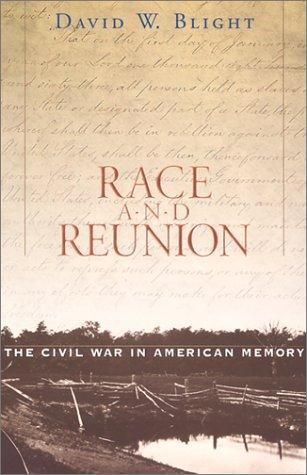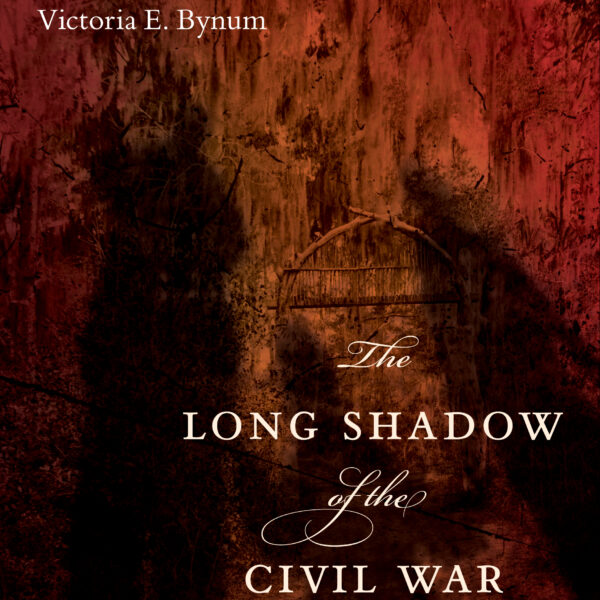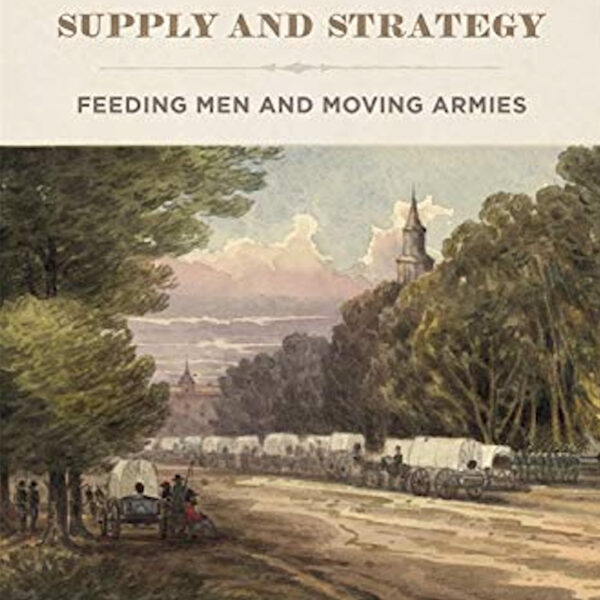Author James Mueller’s new book opens with an anecdote from 1880, capturing a conversation between portrait artist James E. Kelly and General Winfield Scott Hancock. As Kelly painted a stiff Hancock, who worried about his chin and jaw line, the artist reassured the hero of Gettysburg. Kelly had painted many soldiers in his career, he remarked, and had come to recognize what he called a “soldier’s eye.” Kelly noted that every soldier he painted had it, except one: George Armstrong Custer. Instead, Kelly told Hancock, Custer possessed “the eye of an artist.”
The conversation between Hancock and Kelly serves both as a frame for Mueller’s exploration and as the basis of his thesis. Custer, Mueller contends, was a dedicated soldier, but “always yearned for more.” Custer approached his life and military service as though he was a character in a grand drama, and his chief desire was to exert control over the arc of that character. This approach puts some distance between Mueller and other recent Custer biographers. T.J. Stiles’ Custer’s Trials, which won the 2016 Pulitzer Prize in History, portrayed the star-crossed cavalry commander as a considerably more alienated figure—caught in a conflict between an older, romantic epoch of American history and the encroachment of industrial modernity.
While Mueller’s approach is not as radically new as the book’s dust jacket suggests, it nonetheless fits well alongside recent biographies of other iconic figures within the canon of the American West, including Louis Warren’s mammoth book on Wild Bill Cody, Michael Wallis’ biography of Davy Crockett, and John Bicknell’s work on John C. Frémont. These biographies proposed that in the end, the roles their subjects played in America’s westward expansion proved ancillary to a keen sense of self-promotion, a firm grasp of American popular culture, and a will to braid their own storytelling and personal legend into a national American myth.
Still, Mueller finds that Custer—despite his sense for drama and art—was never as fully in control of his personal myth as either Frémont or Cody. After the massacre at Washita River in 1868, Custer found there was a public glory in the conquest of indigenous peoples that far surpassed his feats on Civil War battlefields. While the high drama of the West attracted Custer, his exploits after the Civil War became a double-edged sword; he earned praise for his victories and criticism for the wanton violence that he visited on non-combatants. Custer’s famed status in the Western canon was less a product of his carefully crafted personal myth than the consequence of his death at Little Bighorn, which clashed so dramatically with his self-curated image as an invincible military genius.
In this volume, Mueller has achieved two important things: he’s managed to find something new to say about George Armstrong Custer, which is no small feat, and he’s delivered it in a book that is fun to read.
Aaron David Hyams is a Visiting Assistant Professor of History at Sam Houston State University.





